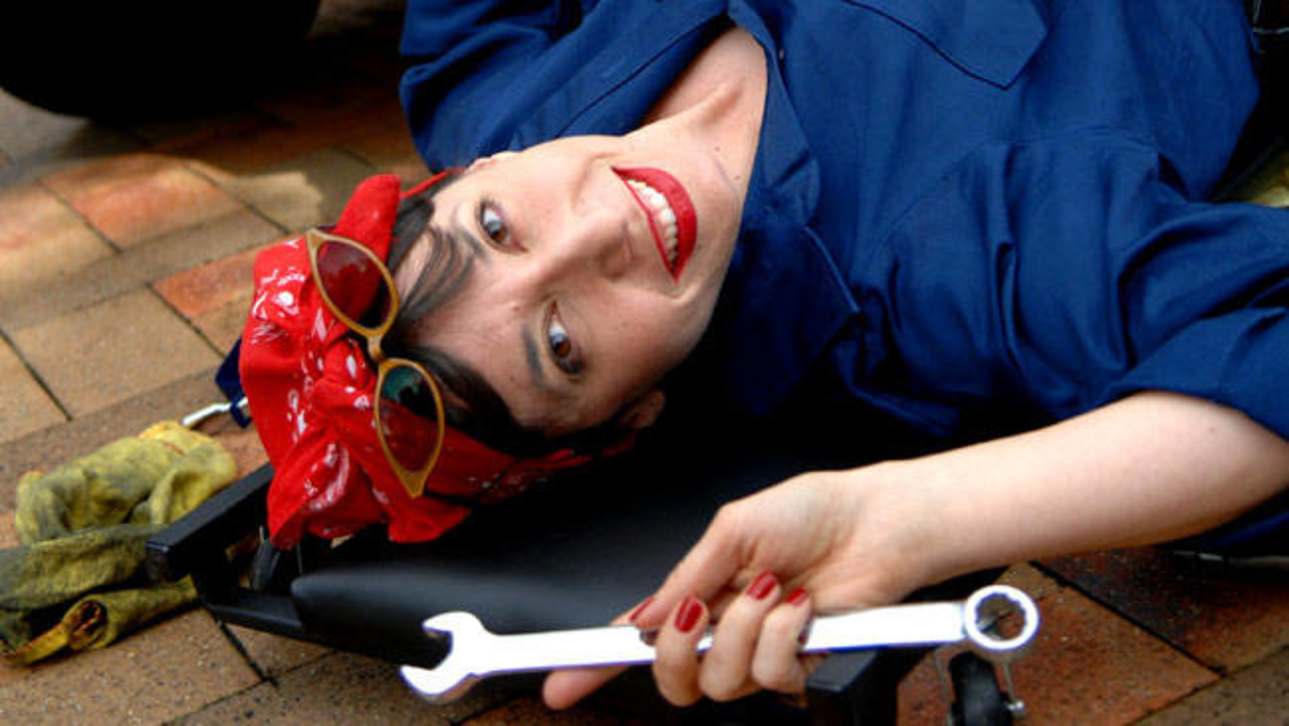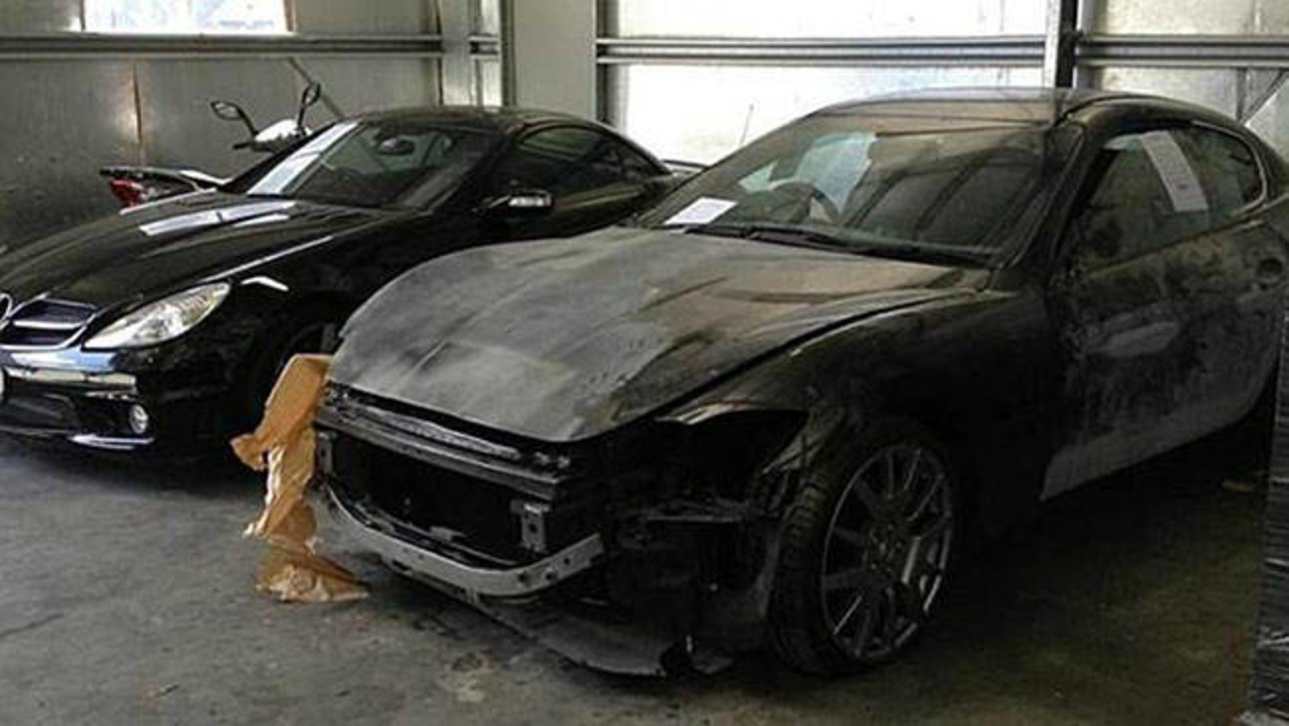If auto engineers had their way then every car would have its bonnet welded shut at the end of the production line. They don't want us to meddle. In fact, Mercedes-Benz once built a concept sports car - it was called the Vision SLA and nicknamed the ‘sneaker’ - that didn't have a bonnet.
It eventually morphed into the cute little SLK roadster but grew a bonnet before it went into production. It was probably for the mechanics - or technicians, as most carmakers prefer to call them in 2012. After all, when did you last open the bonnet on your car? “The day I took delivery. I wanted to see the engine. That was enough,” laughs one Carsguide mate.
But think about it. There are lots of very complicated and costly bits and pieces under the bonnet, yet we mostly ignore them unless there is a red warning light or some sort of nasty noise. We're spoiled. And rotten. In recent years I've heard plenty of stories about people who have ignored the early warning signs and been hit by a nasty repair bill.
One was a leaky radiator that meant an engine replacement and another was an oil leak that turned into a fire that burned the car to the road. They are extreme cases, but every day there are people who fail to recognise the early signs of a bad battery or an oil leak or a fan belt on the way out. And don't get me started on flat tyres.
I blame it on the death of the old-style service station. These days, most of us get our fuel from a donut shop that has some pumps out the front. There is no-one to check the tyres, clean the windows or lift the bonnet for a quick dip of the oil and a check on the battery leads.
I remember this ritual very well, since my first after-school job was pumping petrol at Bruno Rossi's Caltex station. There were good tips if you got the windows squeaky clean and added some water to the radiator.
Now I admit that I've become lazy and spoiled by cars that typically run from 10-15,000 kilometres between service calls - instead of demanding a survival pack with spare oil, fuses, belts and a toolkit in the boot. “Some people think that servicing a car is putting petrol into it,” says another of my mates, Jerry. But it's not, and totally ignoring a car for 10,000 kilometres is just asking for trouble.
Even the engineers have recognised that cars need a bit of TLC, which is why all the important bits - like the dipstick for the engine oil - now have bright yellow tabs to make them easier to find in the engine room. So, why not lift the bonnet sometime. You might get a surprise, one way or another.



.jpg)

.jpg)
.jpg)


.jpg)
.jpg)
.jpg)


.jpg)
.jpg)

.jpg)



.jpg)








Comments